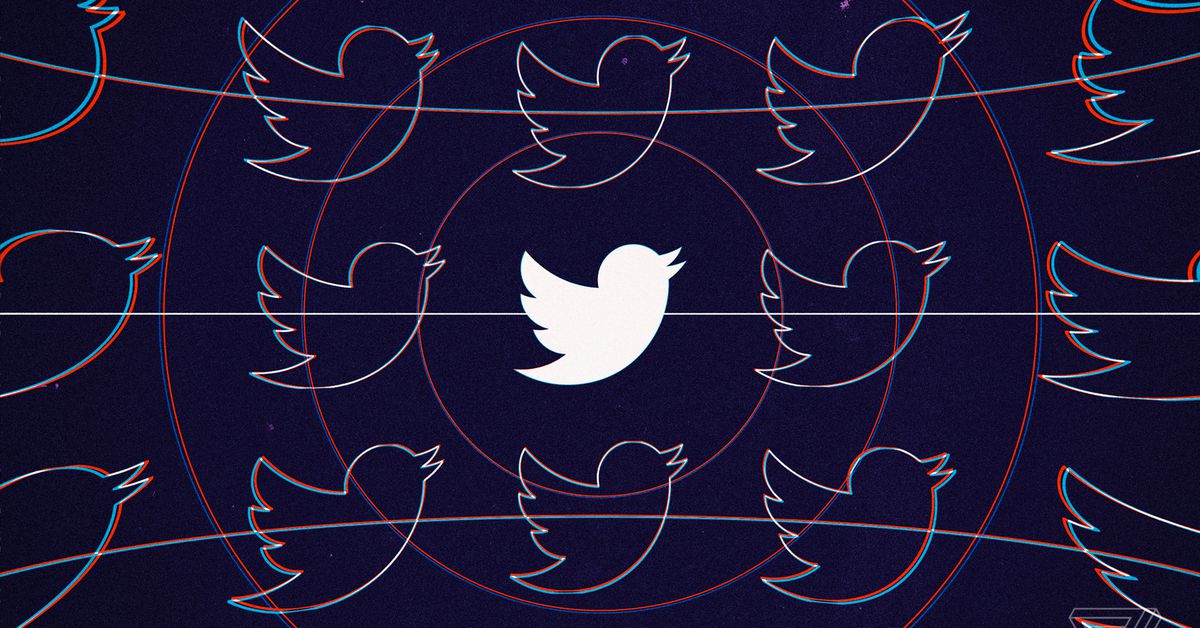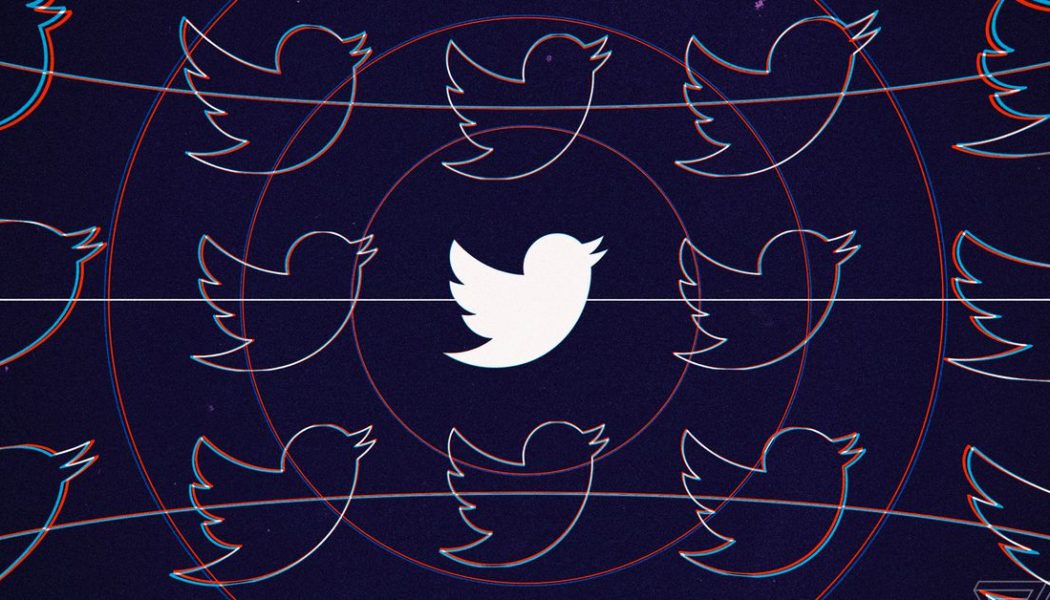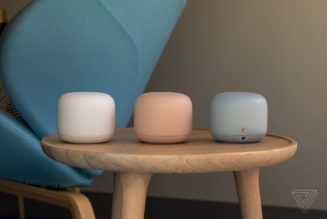
Twitter is readjusting the contrast on its buttons following feedback about its design updates from earlier this week. Some people have reported eye strain, headaches, and migraines due to the higher visual contrast in the colors of buttons and links, as well as the new font, Chirp.
We’re making contrast changes on all buttons to make them easier on the eyes because you told us the new look is uncomfortable for people with sensory sensitivities. We’re listening and iterating.
— Twitter Accessibility (@TwitterA11y) August 13, 2021
The changes in contrast also included a black follow button that’s filled in if you’re not following someone, which has caused confusion for many people who are used to it being the other way around. It’s not clear yet if that change will be reversed.
As tends to happen any time a popular site changes its design, immediate reception to Twitter’s changes was mixed. It’s likely that some Twitter users would’ve gotten used to the update over time. But for those who say the new design has caused them pain, the change highlighted a common problem in online accessibility: a lack of choice.
Accessibility isn’t one size fits all; a feature that makes a site more accessible for one person can make it harder to use for another. High contrast is often useful for people who have low vision or are colorblind, but it can be painful for people who are sensitive to bright colors or light.
This is a great example of how some access needs routinely get centered over others within “accessible” processes!
High contrast is notoriously NOT accessible for many photosensitive & chronically pained folks. https://t.co/c1AQNkMvC0
— Alex Haagaard (they/them) (@alexhaagaard) August 11, 2021
There is no single most accessible option for Twitter’s interface. The best accessibility comes from flexibility, allowing users to choose the options that work for them. Twitter currently has toggles in its accessibility menu for settings like increased color contrast and reduced motion, as well as display settings that let people choose between light and dark themes or scale text sizes.
It could save a lot of headaches if users had more granular options and could select the level of contrast that suits them, rather than having to wait on Twitter to make universal changes. Twitter didn’t immediately respond to a request for comment, but its @TwitterA11y account has been soliciting feedback about the changes.









